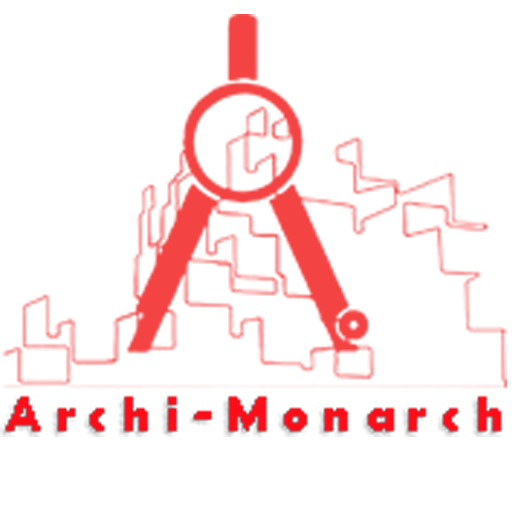Joinery refers to the way in which different pieces of wood are connected together to create a structure or object. There are many different types of joinery techniques that can be used, and the specific technique used will depend on the strength and stability required, as well as the aesthetics of the finished product.
Some common types of joinery include:
- Butt joints: This is a simple joint where the ends of two pieces of wood are butted together and fastened with nails, screws, or glue.
- Mortise and tenon joints: In this type of joint, one piece of wood has a slot (the mortise) cut into it, and the other piece of wood has a projecting tongue (the tenon) that fits into the mortise. The joint is then secured with glue or wedges.
- Dowel joints: In this type of joint, a small cylindrical dowel is inserted into holes drilled in both pieces of wood, and the joint is secured with glue.
- Dovetail joints: This is a strong and decorative joint that is often used in furniture making. It is created by cutting a series of interlocking “teeth” on the end of one piece of wood, which fit into corresponding “tails” on the other piece of wood.
There are many other types of joinery techniques, each with its own specific characteristics and uses. It is important to choose the right type of joinery for the specific project you are working on, as the strength and stability of the finished product will depend on it.
If you want to know about the kitchen detail or toilet detail or water tank detail, please click the link.
Image of joinery detail and downloadable (in DWG) link below

Joinery detail drawing – 1
A joinery detail drawing is a technical drawing that shows the specific details of how different pieces of wood will be connected together using a particular type of joinery. It is typically used by woodworkers, carpenters, and other professionals to help them understand how a structure or object should be assembled.
A joinery detail drawing will typically include a detailed illustration of the different pieces of wood, along with dimensions and other pertinent information. It may also include notes and annotations to explain the specific techniques that will be used to create the joint, as well as any special considerations that need to be taken into account.
In addition to providing important information for the assembly of the project, a joinery detail drawing can also serve as a valuable reference for future maintenance or repairs. It can help to ensure that any repairs or modifications are made in a way that maintains the structural integrity of the finished product.
Here are a few more points about joinery detail drawings:
- They can be created using a variety of methods, including hand-drawing, computer-aided design (CAD) software, or a combination of both.
- The level of detail included in a joinery detail drawing will depend on the complexity of the project and the specific needs of the person or team working on it. For example, a joinery detail drawing for a simple piece of furniture might only include a few basic illustrations and dimensions, while one for a more complex structure might include much more detailed information.
- A joinery detail drawing should be reviewed carefully before beginning work on a project, as it is an important tool for ensuring that the finished product is both functional and aesthetically pleasing.
- In addition to showing the specific details of the joinery, a joinery detail drawing may also include information about other aspects of the project, such as the types of wood to be used, the finish to be applied, and any special requirements or considerations.
- It is important to follow the instructions and information provided in a joinery detail drawing closely, as even small errors or deviations from the specified techniques can result in problems with the finished product.
Our tips to help you improve your architectural joinery detailing.
